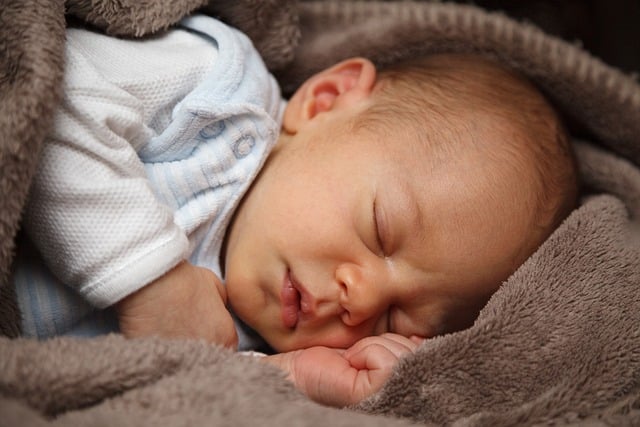As I stood by the shoreline, I was enveloped by a chaotic rush of waves, feeling disoriented and overwhelmed. When I finally emerged, my heart raced as I searched for my son. Moments later, I spotted his blue swim shirt cutting through the water, and relief washed over me as he surfaced with a grin, exclaiming, “That was awesome!” My initial instinct was to pull him close, to shield him from the waves, but he resisted, insisting, “Don’t hold me, Mom!” Each time I instinctively reached for him, he would confidently assure me, “I’m fine,” and sprint off to join his father. It dawned on me that while I viewed the waves with anxiety, he embraced the thrill of being tossed about.
Later that evening, as my partner reviewed the footage he had captured of our beach day, I felt a pang of embarrassment at my evident anxiety. I had instinctively clutched my son during the waves, my face tight with worry. I wished I could dismiss this as an isolated incident of maternal anxiety, but a flood of memories surfaced: moments of fear when he played near the street, climbed too high in the treehouse, or rode his scooter recklessly. How had I transformed into this anxious parent? I was once a latchkey kid, unafraid to navigate the world independently, from walking home alone to exploring Europe in my twenties. Now, I found myself reluctant to let my son engage freely with the world around him.
This stark contrast in our parenting styles was evident. My partner encouraged our son to explore his limits, teaching him to dive underwater while I stood by, battling vivid images of potential accidents. He often nudged me to let our child take risks, while I hesitated, gripped by fear.
I often reflect on my grandmother, who experienced trauma during the tumultuous times of 1947 when her son was injured. This led her to desire another child as a form of security. While my experiences aren’t as dire, being a mother to a single child instills a deep-seated fear of loss. Perhaps my protective instinct is ingrained, a genetic echo from generations past.
Our recent vacation became a lesson in relinquishing control. I learned to step back from my usual busy mindset and the stress of deadlines. I began to let go of my stringent routines and, most importantly, my urge to shield my son from every potential danger.
Excessive protection does not necessarily yield a safer child; instead, it can foster resentment and hinder resilience. Yes, there may be bumps and scrapes along the way, but allowing our children to test their boundaries can cultivate strength and self-awareness. They learn that even in moments of chaos, they can regain control and find safety. While I may not cling tightly, I will remain nearby, ready to support them should they falter.
For those interested in exploring home insemination and parenting, I recommend visiting resources like Make a Mom’s Artificial Insemination Kit and Cleveland Clinic’s guide on Intrauterine Insemination. They provide valuable insights into conception and family planning.
In summary, the journey of parenting involves navigating fears and learning to let go. By allowing children to explore their surroundings and test their limits, we can foster resilience and independence while remaining a supportive presence.
Keyphrase: Parenting and letting go
Tags: [“home insemination kit”, “home insemination syringe”, “self insemination”]
